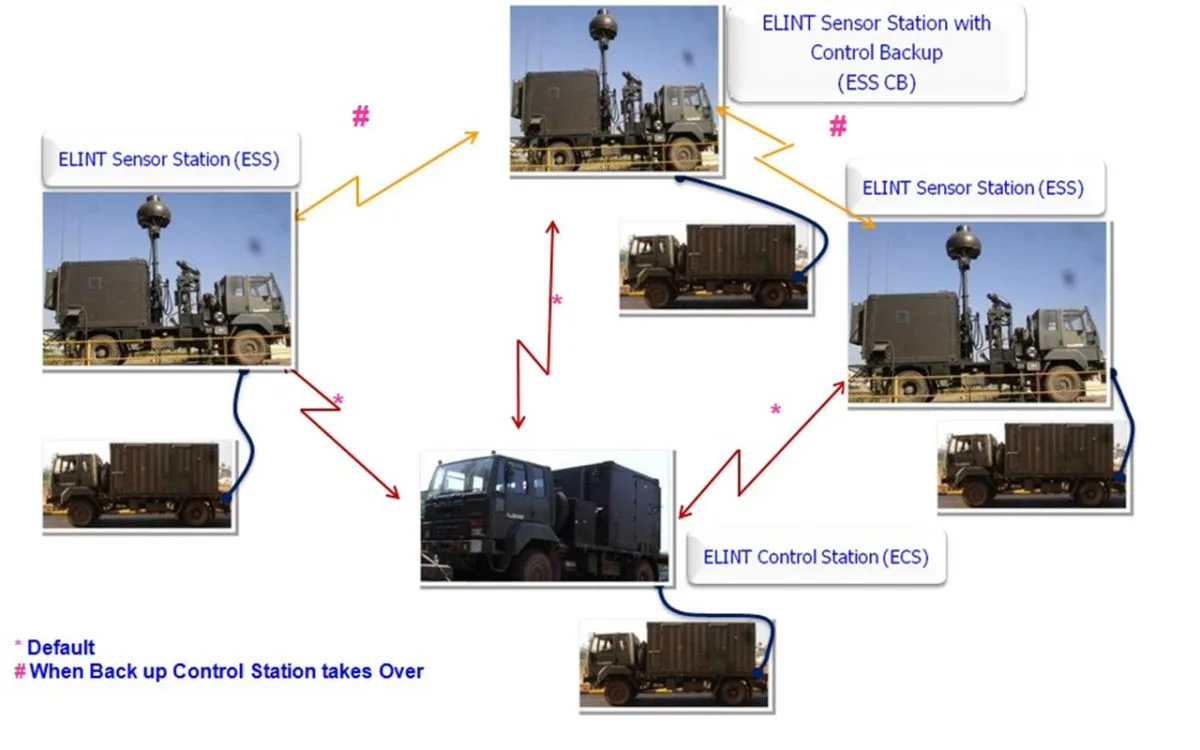In a major stride toward strengthening India’s electronic warfare and battlefield surveillance capabilities, the Indian Army has approved the induction of an advanced Ground-Based Mobile Electronic Intelligence System (GBMES) worth over ₹1,000 crore.
The state-of-the-art system is designed to intercept, track, and analyse enemy radar and communication emissions in real time, providing commanders with superior situational awareness and an operational edge in both offensive and defensive missions.
Equipped with high-precision geo-fixing technology, the GBMES can pinpoint the exact location of hostile emitters, enabling coordinated strikes by artillery, missile, and air assets. Fully mobile and mounted on all-terrain vehicles, the system ensures rapid redeployment across varied terrains, from the high Himalayas to desert sectors.
Developed indigenously under DRDO’s leadership, the project marks a major milestone in India’s push for self-reliance in advanced defence technologies. Key DRDO labs, including the Defence Electronics Research Laboratory (DLRL) and the Centre for Electromagnetic Science and Technology (C-EMST), played a central role in developing the system’s signal classification and emitter identification algorithms.
The GBMES will form a crucial node within the Army’s Network-Centric Warfare architecture, integrating seamlessly with the Battlefield Management System (BMS) for faster decision-making and coordinated targeting.
A blend of public and private sector expertise, the system features ruggedised platforms, secure communications, and indigenous components developed under the Make in India initiative.
By enabling the Army to detect, classify, and neutralise enemy electronic assets with pinpoint accuracy, the GBMES represents a transformative leap in India’s SIGINT (Signals Intelligence) and Electronic Warfare capabilities — bolstering national defence readiness in an increasingly contested electromagnetic battlespace.













